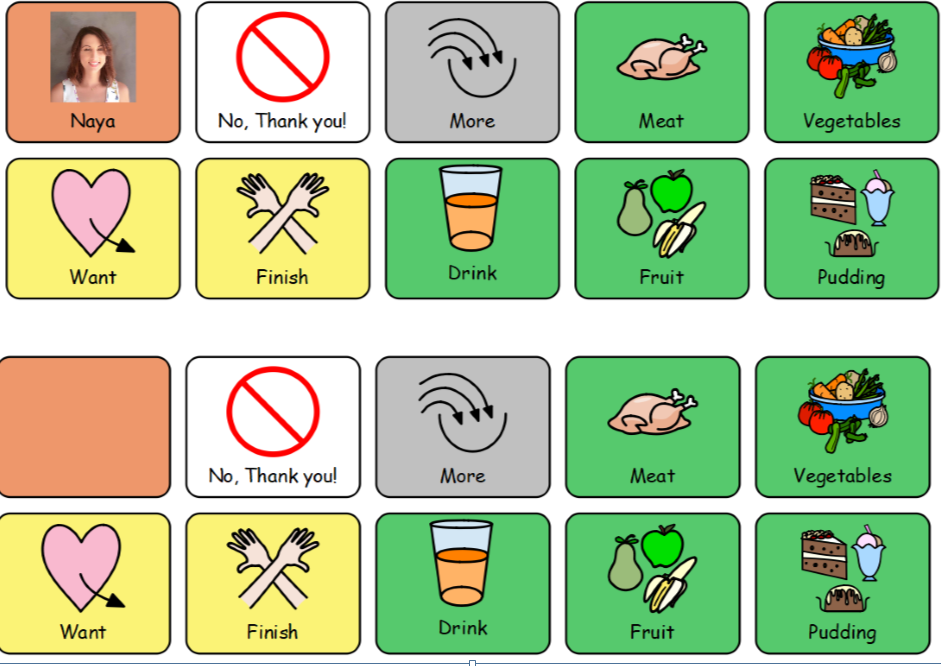Introduction
When assessing the language abilities of children, it is essential to consider five key components: Semantics, Syntax/Morphology, Phonology, Pragmatics, and Comprehension. Children diagnosed with Autism Spectrum Disorder (ASD) often exhibit deficits across all these language dimensions. Let’s discuss some language characteristics in children with autism spectrum disorder.
Semantics – Meaning of Words
A prevalent issue for children with Autism Spectrum Disorder (ASD) involves word retrieval difficulties, manifesting in challenges when naming objects like body parts or common items using flashcards or images. Moreover, grasping the deeper meanings of words proves elusive, often resulting in rote learning without genuine comprehension. Inappropriately responding to questions further characterizes these linguistic struggles. Addressing these challenges requires tailored interventions that go beyond surface-level language skills, aiming to foster a more profound and meaningful understanding of verbal communication in individuals with ASD.

Syntax/Morphology – Sentence Formation
Morphological difficulties manifest in errors, including the misuse of verbs and pronouns, as seen in sentences like “She putted the book on the table.” Sentence construction tends to be superficial, lacking consideration of underlying meanings. Children with ASD often produce less complex sentences and tend to overuse specific word orders. Pronoun reversals and confusion (e.g., I, me, you) are common challenges.

Phonology – Pronunciation of Speech Sounds
Despite potential pronunciation errors, the phonological aspect of language in Autism Spectrum Disorder (ASD) typically remains less impacted. Children with ASD may encounter challenges in articulating speech sounds with precision. However, it’s noteworthy that, in the broader spectrum of language difficulties associated with ASD, phonology tends to be less affected compared to other components. This nuanced understanding aids in tailoring interventions and support to address the specific linguistic needs of individuals with ASD.

Pragmatics – Appropriateness of Speech
Pragmatic challenges in children with ASD include problems with joint attention, initiating and maintaining conversations, and limited communication functions. Immediate and delayed echolalia, the repetition of words or phrases, are common. Children may exhibit a limited range of gestures, overuse questions, and engage in frequent repetition. Asocial monologues, difficulty understanding speaker-listener roles, aversion of gaze, and the use of peripheral vision are additional aspects of pragmatic difficulties.

Comprehension – Understanding of Speech and Language
Children diagnosed with Autism Spectrum Disorder (ASD) frequently grapple with compromised comprehension skills, especially when it comes to understanding connected discourse or engaging in conversations. The hallmark of challenges in this dimension lies in the struggles associated with processing and comprehending spoken language. These difficulties underscore the need for targeted interventions and support mechanisms to enhance the child’s ability to navigate the intricacies of verbal communication, fostering a more inclusive and communicatively proficient developmental trajectory.

Conclusion
Understanding the language characteristics of children with Autism Spectrum Disorder across these components is crucial for developing targeted interventions and support. By addressing the specific challenges within semantics, syntax/morphology, phonology, pragmatics, and comprehension, educators, therapists, and parents can enhance the communication skills of children with ASD, promoting meaningful interactions and social engagement.







